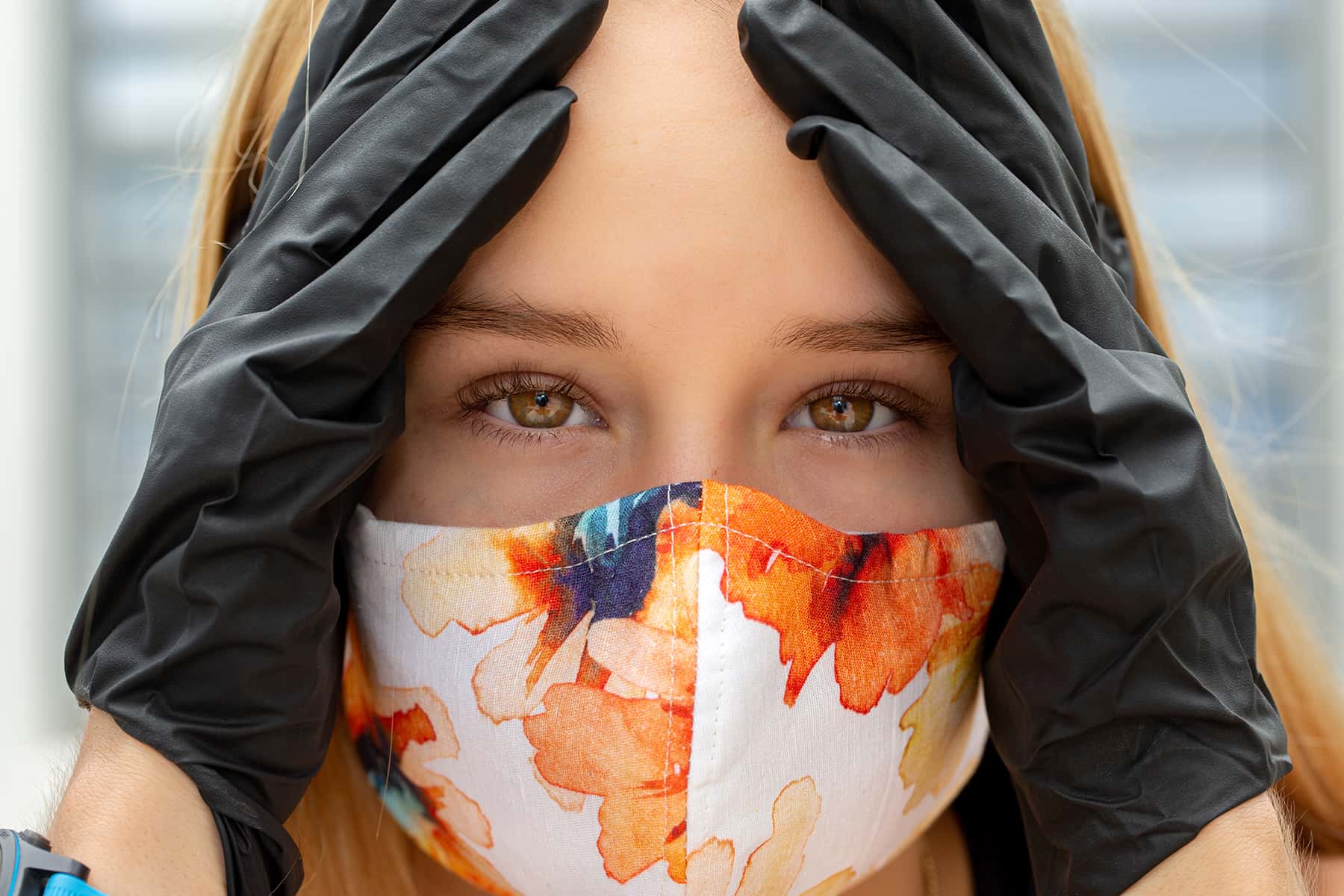
By Keith M. Bellizzi, Professor of Human Development and Family Sciences, University of Connecticut
We are all exhausted and pushed to the limit by months of social distancing, and the recent news that cases are climbing in many states is especially scary.
While you may feel like ripping off your mask and heading for a bar, there are more productive ways to deal with the challenges we face. And in fact, staying home may be the best course of action in the next couple of weeks, some experts have said. It’s also a good time to learn and practice resilience.
As a professor of human development and family sciences at the University of Connecticut, I believe these unprecedented changes have had a significant and adverse impact on the mental health of Americans. And there is no end in sight. If ever a moment called for understanding the concept of resilience, this is it.
Resilience is the ability to adapt to adversity or a stressful life event. Research on resilience has a rich history, dating back to the 1950s; those studies focused on children growing up in high-risk environments. More contemporary research looks at how we adapt to traumatic events like cancer, natural disasters and terrorism.
Resilience can be learned
While some researchers suggest resilience is “trait-like” – that is, hard-wired into one’s personality – others say it can be learned and acquired later in life. Some even say adversity brings potential benefits. “There is nothing better than adversity,” said the activist Malcolm X. “Every defeat, every heartbreak, every loss, contains its own seed, its own lesson on how to improve the next time.”
The pain and suffering during this pandemic is undeniably real for everyone. But specific segments of the population are disproportionately affected, particularly those with preexisting mental health and substance use disorders.
The statistics
Nearly one in five U.S. adults (more than 46 million) live with a mental illness. One in 12 (about 19 million) report a substance use disorder. Nearly 9 million adults live with both. The highest rates of mental illness are in young adults ages 18 to 25 (25.8%), lowest in those over 50 (13.8%), with more women (22%) than men (15%). Moreover, these numbers reflect a 12-year upward trend.
The pandemic now presents additional challenges for managing both mental health and substance use disorders. Visits for psychotherapy and medical management have been canceled or disrupted; there is more social isolation, loss, uncertainty and worry.
Loss and suffering may change a person, but much will influence its trajectory, including biological, environmental, behavioral and psychological components. Any life stressor, to some degree, is out of our control. How long will the pandemic last? When can we go back to school? To work? When can we stop social isolation? Wearing face coverings? What sources of health information are trustworthy? All valid questions, but they are also unknowns and uncertainties; we don’t want to get stuck ruminating about them.
Strategies that help
Rather, we should focus on what is within our control. Some examples: our appraisal of the situation, our behavioral response to the stressor, our choice of whom we spend time with and our management of the daily routine. Research shows that when resilient people face adversity, they look for the good amid the stress. They engage with the controllable aspects of their lives – like family, personal health and giving back to the community. They develop a healthy social support system of resilient role models, focusing on people who lift them up. (And you can still see them on Zoom.) Those who are inflexible, fatalistic or catastrophize are not part of the social support system.
They manage emotions that accompany stress through emotional regulation techniques. They also use problem-solving coping techniques; seeking factual health information from reputable sources, such as the CDC, is one example.
Self-care is critical – physically, mentally and spiritually. Physical activity promotes not only health but your mood; if the gym is closed, try things you can do in the house or neighborhood, like yoga, hiking, biking and walking. Meditation and mindfulness exercises help you stay centered. A Google search can yield numerous free and evidence-based apps that teach how to regulate emotions and practice mindfulness.
How to help your kids
Our society’s parenting culture is set up to make sure our children are comfortable. Because of that, many children are ill-equipped to handle life’s unexpected and unavoidable setbacks. We all possess the potential to grow as human beings when we are put in uncomfortable situations.
This is why the pandemic is a teachable moment for our children. Showing them how to successfully adapt to stressful events can inoculate them when faced with future crises. So don’t use catastrophizing terms when discussing the virus with them. Be honest about the uncertainty – it’s OK to say you don’t have all the answers. But teach them all emotions are normal; the trick is how you manage them. From this, children learn how to tolerate uncertainty and develop problem-solving strategies.
And the most critical: Model resiliency. Our children watch and hear what we do and say. The same behaviors we want to see in our children should be reflected in how you respond to stressful life events. Be calm, be consistent and remember – resilient kids become resilient adults.
As we continue to navigate uncharted waters, this is an opportunity to cultivate a stronger nation. By practicing strategies of resilience during the pandemic, we will be more prepared for the next inevitable crisis.
Оlіvіеr Doulіеry and Julеs Іngаll
Originally published on The Conversation as Developing resilience is an important tool to help you deal with coronavirus and the surge in cases
Support evidence-based journalism with a tax-deductible donation today, make a contribution to The Conversation.















